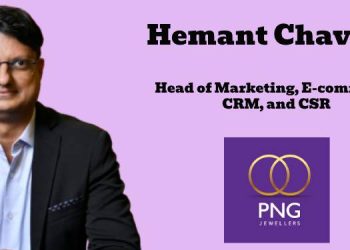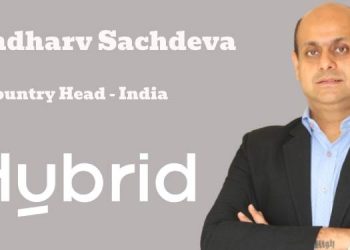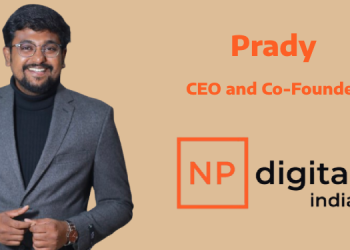You might have come across the phrase “less is more” before, but from a brand communications perspective, is less really more?
Today, our world is hyperconnected, media is within almost everyone’s reach, and attention spans are shrinking fast. The market is flooded with brands constantly competing for attention, and in that noise, customers want to be seen and heard, not overloaded and distracted.
Minimalism in branding does exactly that. It strips away the gimmicks, the excess fluff that hides the brand instead of highlighting it, and brings the product or service to the forefront. By keeping things front and centre, and communicating with clarity and focus, brands can clearly express what they stand for, letting people grasp the value instantly without turning it into a treasure hunt.
This all ties back to understanding consumer behaviour: what is it that your audience wants? Today’s consumers are more educated, aware, and intentional about what they choose to buy or engage with—be it products or services. They know what they want, and more importantly, what they don’t want. They seek transparency and clarity at every touchpoint; what are the ingredients used? What values and ethics does the brand hold dear? What point is the packaging trying to make? They want straightforward and honest answers to these questions.
Think of brands like The Ordinary or Indē Wild—brands that have truly mastered the art of ‘less is more’. With clear, readable fonts, simple colour palettes, and key information (ingredients!) taking centre stage, they offer exactly what the consumer wants. In fact, when Indē Wild first entered the Indian market, they did so with just two products, choosing to focus on solving specific problems rather than overwhelming their audience with endless SKUs.
Adopting visual simplicity in branding also signals confidence. It shows the brand has nothing to hide. For those embracing this design philosophy, it’s not just about being minimal; it’s about being intentional—something today’s consumers are actively looking for.
Beyond just the visual appeal, simplicity also plays a strategic role in brand recall. A clean, well-designed brand is far easier to register and remember. At the end of the day, people are more likely to remember brands they can understand, rather than ones that leave them wandering through a maze of information, colours, fonts, textures, and elements.
At our agency, we recognise that minimalism isn’t an aesthetic; it’s a filter. We use it to refine brand noise into brand voice, to help brands cut through the clutter and connect with their audience through clarity—in messaging, design, and positioning. That being said, minimalism is a tightrope to walk. How do you stand out? How do you know you’ve said just enough? Minimalism isn’t basic, and it definitely isn’t boring. Because in a world full of noise, saying less—but saying it meaningfully—might just be your loudest move yet.
(Views are personal)

















